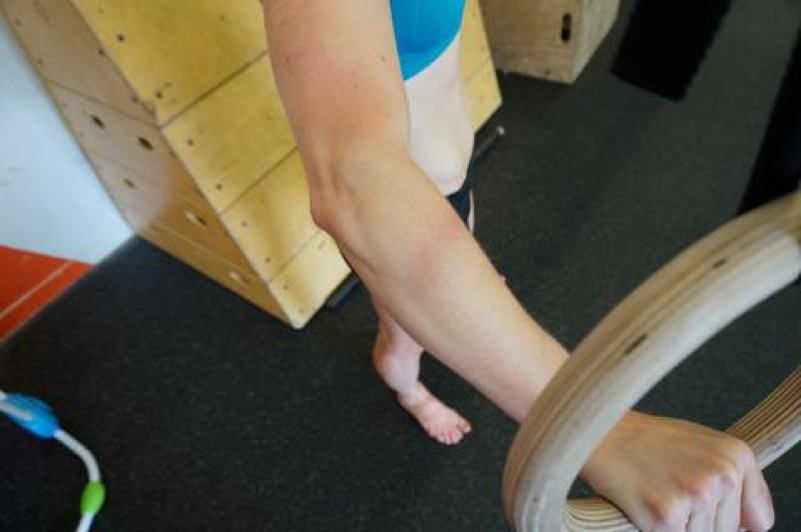The dreaded ring rash. A bane to athletes from CrossFitters to Gymnasts. If you have ever done a muscle-up or ring dip for even low reps, you have probably met with ring rash at some point.
Ring rash, otherwise known as a friction burn can be a painful experience and if left untreated can even leave a pretty nasty scar across both forearms.
Why do I get a rash or bruising from gymnastics rings?
When the ring's strap rubs up against your forearms or upper arms you will create friction. Combine that with a little moisture from sweat (if you're not sweating while doing ring dips or muscle-ups, you are not warmed up enough yet), and you have a recipe for blistering.
Do a few reps to add some heat to the mix, and the sensitive outer layer of skin is going to have a tough time handling the stress.
Some tips to help prevent ring rash:
So what can you do to prevent the rub and stop the friction?
- Set you rings wider than your shoulders so that the straps do not touch your arms in the support position, or the bottom position.
- Keep the rings turned out (supinated) past parallel throughout the movement.
- Chalk up! Moisture and friction are the enemy. Reduce both by chalking up the area that rubs to keep it dry, and provide a substance to rub off other than your skin.
How to treat the burn

So you've adjusted your rings, and chalked up your arms, but you're just not strong enough yet to turn out the rings yet, and the inevitable burn has occurred... what now?
Get out your QUICK FIX of course! (Our Refill Pack 2.0 now comes with a larger 15g/0.5oz tube that will work best, as seen in the pic above).
Filled with ingredients like coconut oil, vitamin E, and peppermint extract, QUICK FIX will cool the burning feeling, protect the raw skin from the elements (oxygen exposure is what causes the sting), and feed the injury with the nutrients it needs to heal quickly.
RIPT QUICK FIX applied immediately after the injury will also drastically decrease the potential for scarring.


Leave a comment: